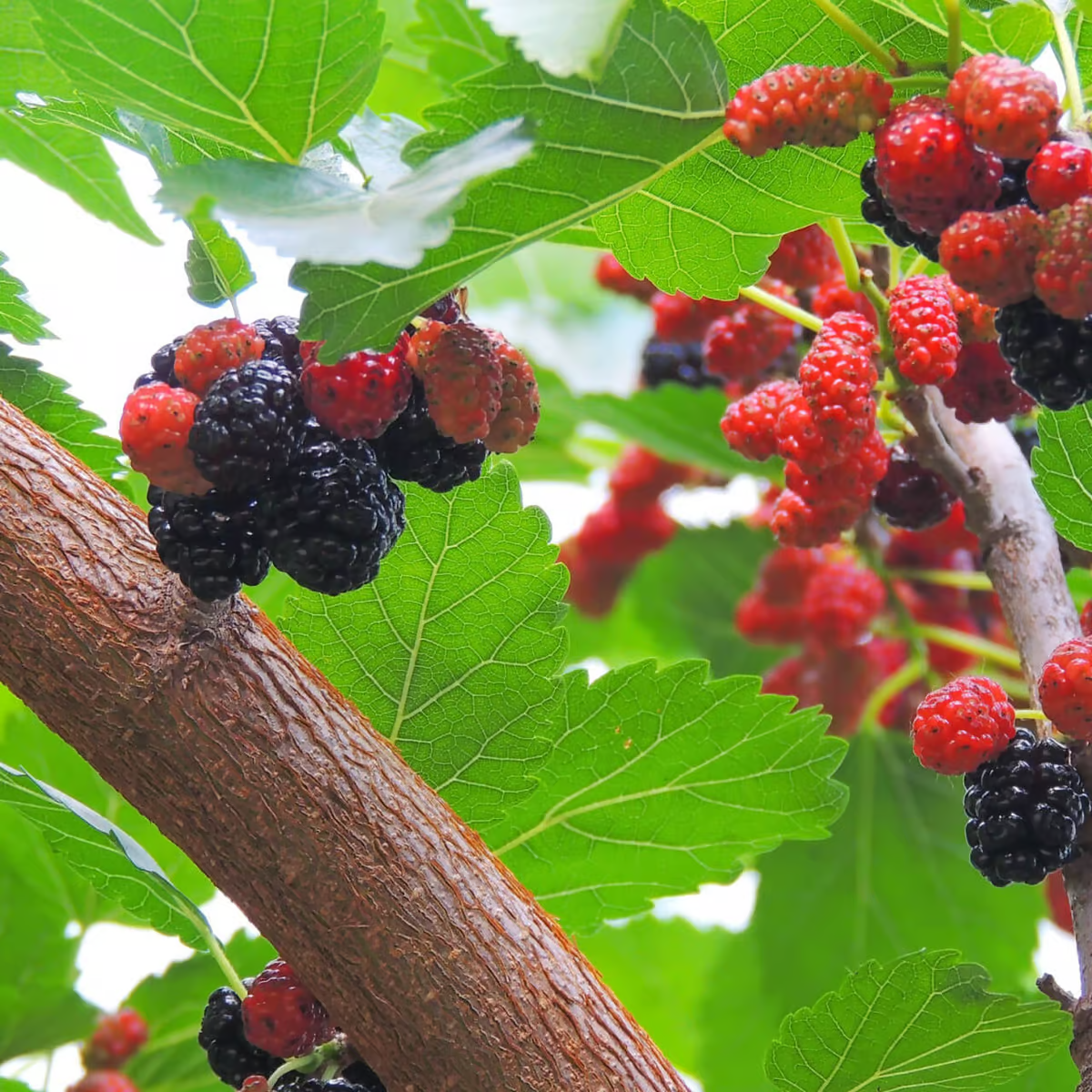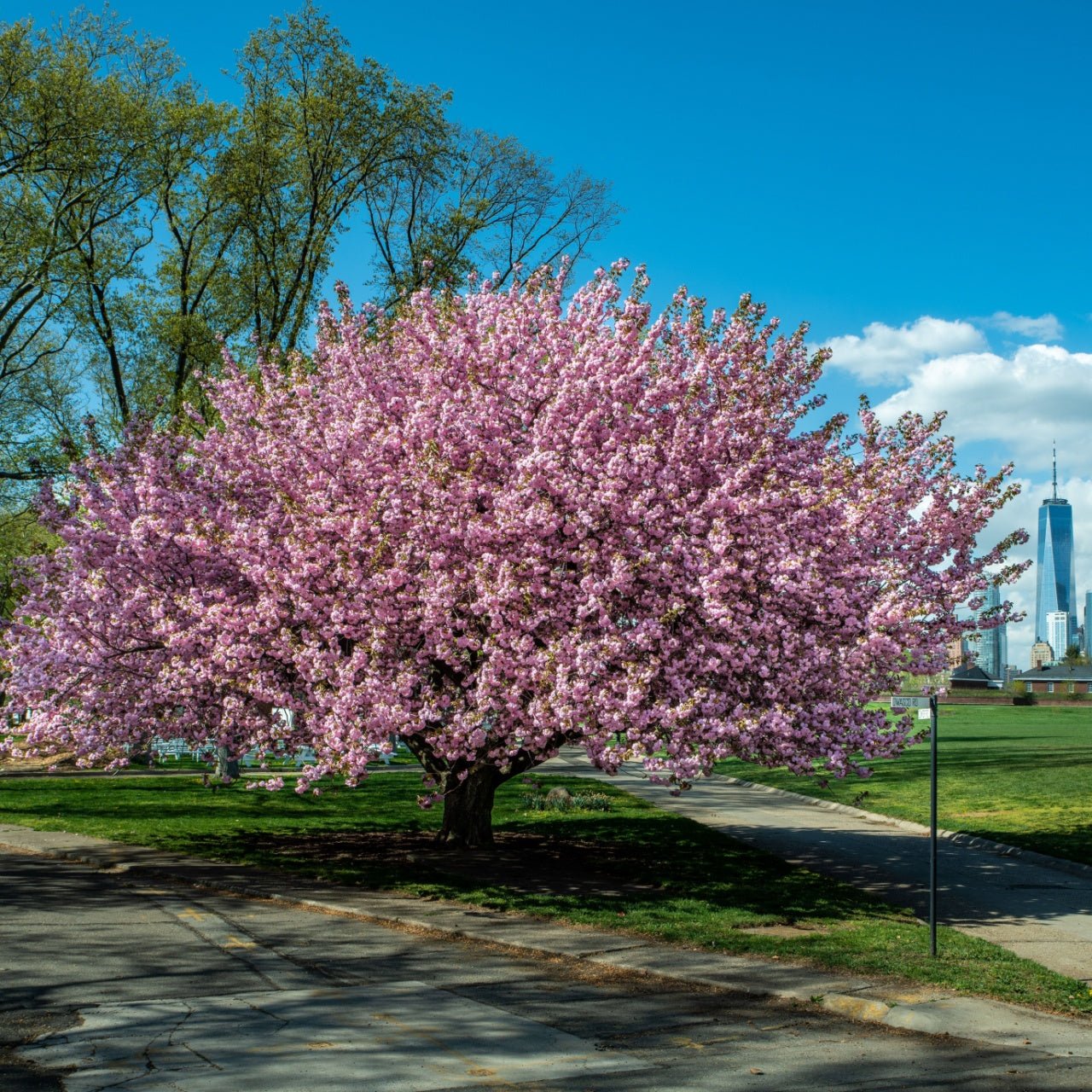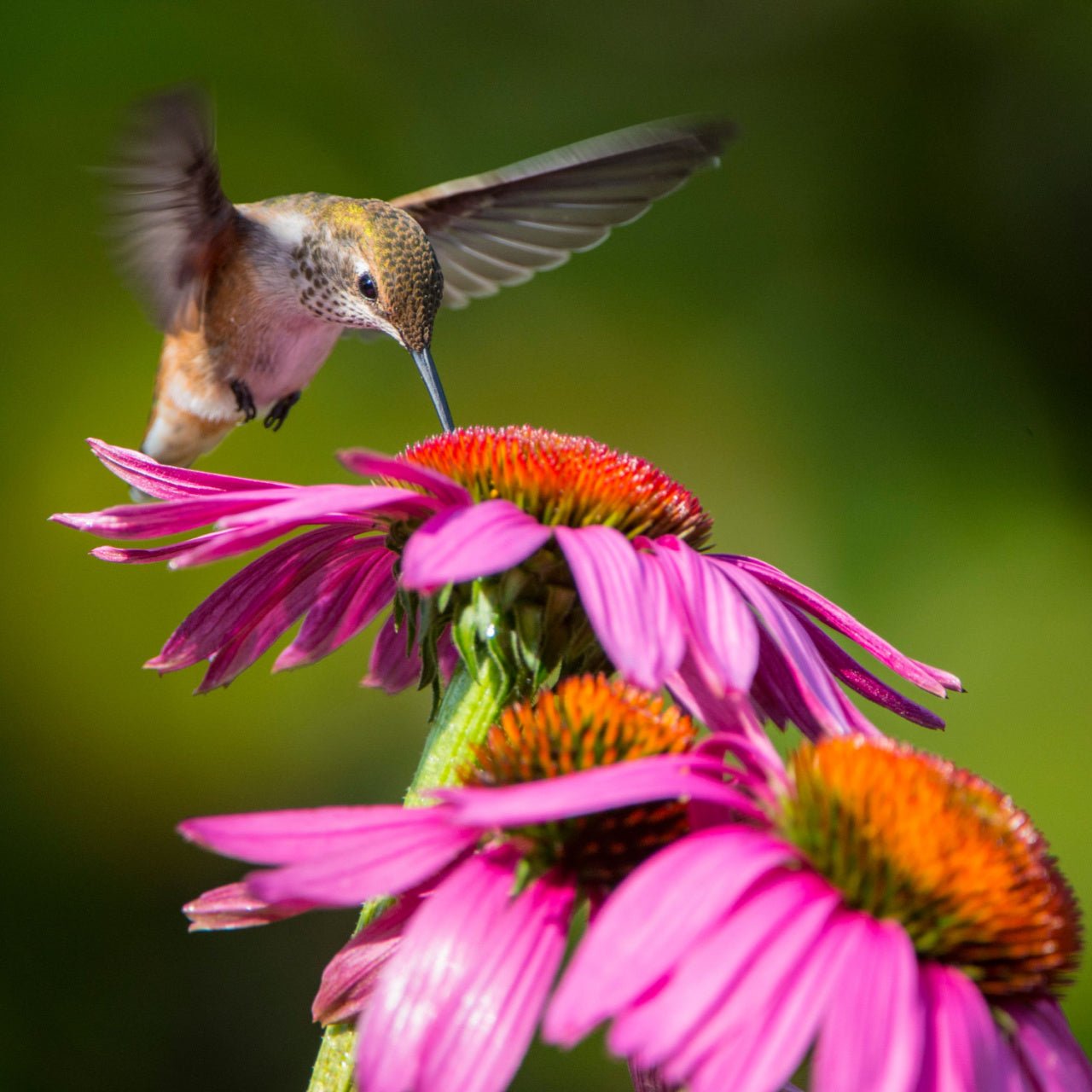

White Mulberry Tree
Provides excellent shade and shelter
Fast-growing, quickly fills space
Adaptable to various soil conditions
Thrives in
ZONE 4ZONE 5ZONE 6ZONE 7ZONE 8This plant ships:
November 20251 Year Guarantee on all plants
White Mulberry Tree - Morus alba
The White Mulberry Tree is a huge, sprawling tree that gets its name not from its flowers, but from the color of its unripe berries. The tree is native to China, India, Japan and multiple places in Southeast Asia. The berries are edible, and often used in cooking – for desserts, jams, or eaten raw. The lush foliage of this tree is sure to fill up your garden scape with beautiful greenery, and maybe mulberries will make their way into your kitchen too!
Plant Details - White Mulberry Tree
Family: Moraceae
Light Requirement: Full sun, partial shade
Water Needs: Moderate
Height: 30-50 ft
Spread: 30-50 ft
Growth Rate: Rapid
Soil Preference: Rich, Moist, Well-drained
Season of Interest: Summer
Flower Color: Yellow-green
Fruit: Purple Mulberries
Wildlife Value: Food source of Silkworms, Habitat and food for birds and small mammals
Notable Characteristics - White Mulberry Tree
The White Mulberry Tree is native to many areas in Asia, but is widely cultivated as a food source for silkworms. The Domestic Silk Moth lays its eggs on the leaves of the tree, and those larvae hatch into silkworms. The only thing silkworms eat are the leaves of the Mulberry Tree. Silkworms don’t even drink water, so the leaves must be fresh because they need all the moisture they can get. This symbiotic relationship is one that humans have encouraged because, of course, you need silkworms to make silk, a prized and sought after fabric. The leaves of this tree are a vibrant green, toothed, and pointed at the ends. They create a lush canopy of foliage where the small berries can ripen.
Landscape and Maintenance
This beautiful fruit tree has a relatively short lifespan compared to typical deciduous trees, living about as long as humans. The White Mulberry Tree is distinct for its rounded form and crooked trunk, as well as the milky sap that exudes from young twigs when broken. It can become “weedy” because it has a large, horizontal spread, which is something to be aware of when planting – make sure it has enough room to grow without crowding. This tree tolerates heat and drought and grows well in all types of soil. Its delicate yellow-green flowers are not the star of the show, although they are beautiful. Full sun and nutrient rich soil will result in sweet, deep purple Mulberries when ripe.
This Is How Your Plants Will Look upon Delivery

Height at Maturity
Over 25 Feet
Care
White Mulberry trees thrive in well-drained soil and benefit from regular watering, especially during dry periods. They should be trimmed in winter to preserve shape and remove dead branches. In spring, they should be fertilized annually with a balanced fertilizer. Mulch near the bottom to retain moisture and control weeds.
Plant Reproduction
White Mulberry trees spread through seeds, root suckers, and bird droppings.
Plant fruit trees in early spring or late fall when the weather is cool. Choose a sunny location with well-drained soil. Dig a hole twice the width of the roots and double as deep as the root system. When the tree is put in the hole, make sure the graft union (a noticeable bump where the tree was grafted above the rootstock) is above the soil line. Put dug-out soil around the tree roots, gently firmly remove air pockets, and water thoroughly.
Water young trees regularly, especially during dry spells, to establish a robust root system. Once established, water deeply and less frequently. Prune fruit trees yearly during the dormant season to remove dead or diseased wood, improve air circulation, and shape the tree for optimal fruit production. Fertilize in early spring and thin the fruit when necessary to prevent overbearing, which can stress the tree and reduce fruit quality.
Shipping date depends on the date displayed and chosen when you order from the product's page.
We only accept returns on plants verified dead. If you think your plants have died, we offer a 1 year warranty, please use this File a Claim Link to verify dead plants and start with return warranty process.




Delicious Berries:
Mulberry trees produce sweet, nutritious berries perfect for eating fresh or making jams.
Rapid Growth:
Known for rapid growth, Mulberry trees provide shade and fruit quickly.
Multiple Uses:
Ideal as a shade tree, fruit tree, or ornamental plant, enhancing garden aesthetics.
Attracts Wildlife:
Draws birds, butterflies, and beneficial insects, boosting garden biodiversity.
Caring Tips
How do I care for my White Mulberry Tree?
Each box contains detailed care instructions and information about your product. But here's the basics.
Care Tips
White Mulberry trees thrive in well-drained soil and benefit from regular watering, especially during dry periods. They should be trimmed in winter to preserve shape and remove dead branches. In spring, they should be fertilized annually with a balanced fertilizer. Mulch near the bottom to retain moisture and control weeds.
Light Requirements
White Mulberry trees thrive in full sun, requiring at least 6-8 hours of direct sunlight daily. They can tolerate some partial shade, but total sun exposure is best for optimal fruit production and growth.
Hardy Planting Zones
4 • 5 • 6 • 7 • 8
Header
Use this content to share information about your store and products.
Frequently Asked Questions
How often should I water my plants?
How do I know if my plant is getting too much or too little sunlight?
What should I do to prepare my plants for winter?
What are the signs that my plant needs fertilizing?
How can I prevent pests from damaging my plants?
How do I choose the right plant for my climate zone?






